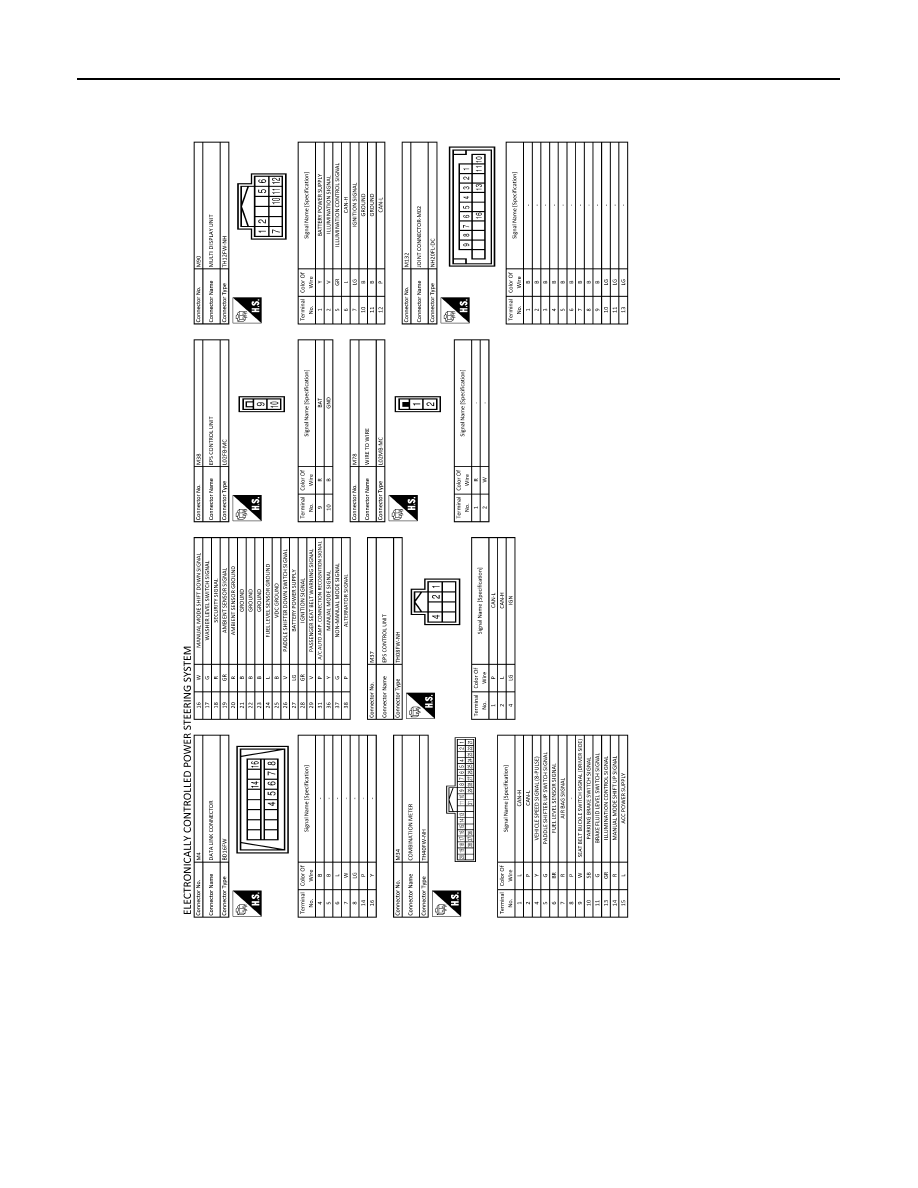Content .. 1188 1189 1190 1191 ..
Nissan Juke F15. Manual - part 1190

STC-16
< WIRING DIAGRAM >
ELECTRONICALLY CONTROLLED POWER STEERING SYSTEM
JRGWC2689GB
|
|
|
Content .. 1188 1189 1190 1191 ..

STC-16 < WIRING DIAGRAM > ELECTRONICALLY CONTROLLED POWER STEERING SYSTEM JRGWC2689GB |